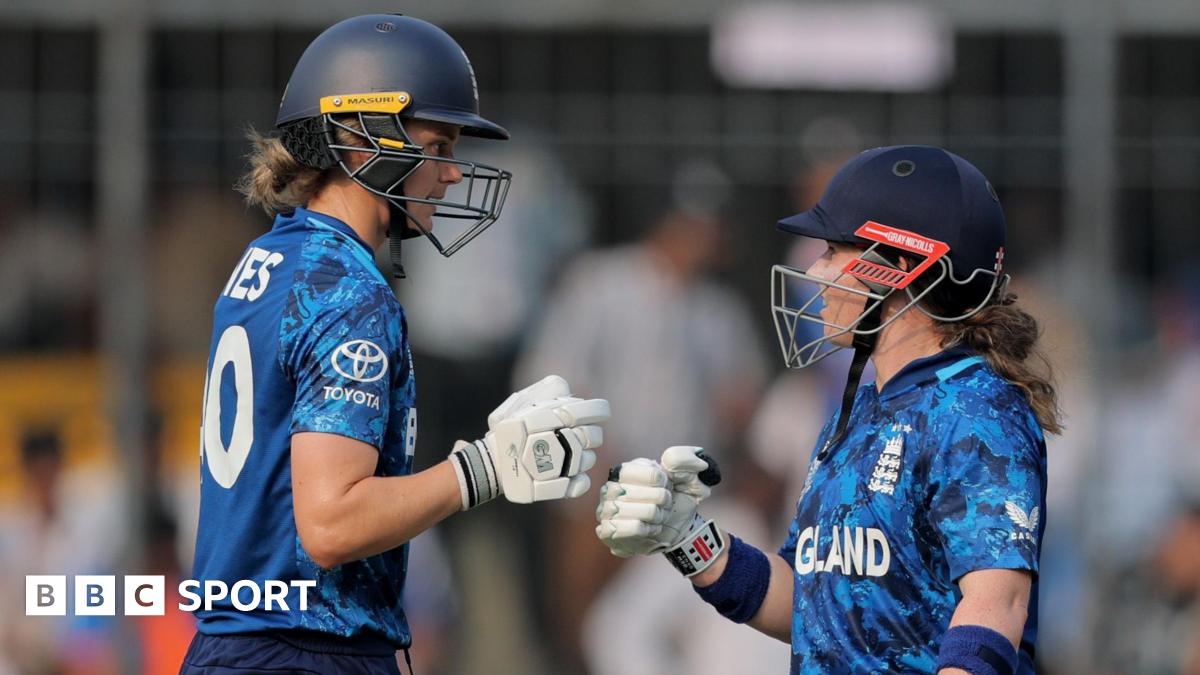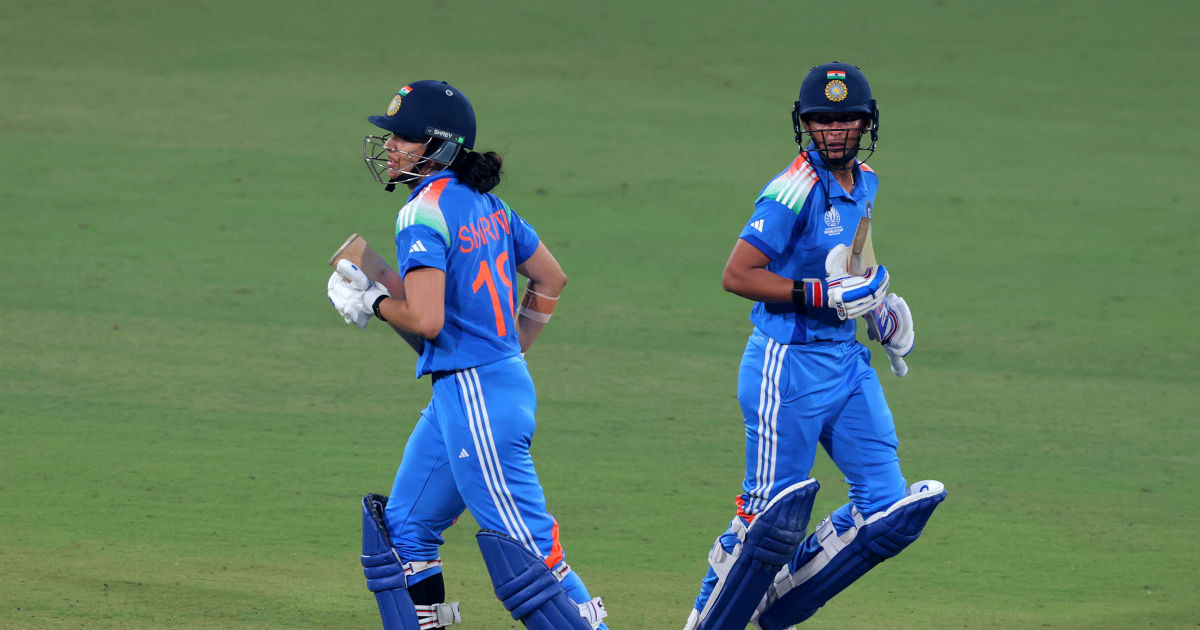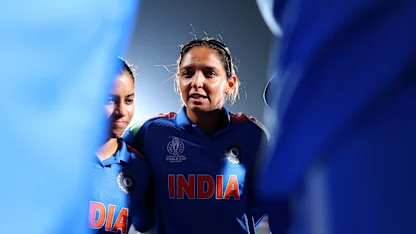The best athlete alive played the best game ever. In the World Series, he can silence the final doubters

Shohei Ohtani is the best professional athlete on Earth alive, and it’s not really that close.If you follow baseball, you probably agree. And if you don’t follow baseball, you may want to pose a counterargument.Let us pre-emptively interrupt you and explain what Ohtani did last week, when he had arguably the greatest performance in the history of professional sport.Watch every game of the 2025 MLB World Series LIVE with ESPN on Kayo Sports | New to Kayo? Join now and get your first month for just $1.In game four of the National League Championship Series (NLCS), the Los Angeles Dodgers were trying to complete a sweep of the Milwaukee Brewers - who had the most wins this season. (We wouldn’t say they were the best team, but that’s a much nerdier argument for another time.)Ohtani pitched, which is unusual, because he also batted. And players don’t do that in Major League Baseball - it’s just too damn hard to specialise in both.Unless you’re Ohtani.So Ohtani pitched over six innings, threw 10 strikeouts, didn’t allow a run and twice threw at over 100 mp/h.Already we’re talking about a top-tier performance; one of the best pitching outings of the playoffs.But, as mentioned, Ohtani also batted.And he hit three home runs. (Plus he had a walk.)Just 12 other players in baseball history had ever hit three home runs in a playoff game. And just one player had ever hit three home runs while also pitching, in ANY game - Jim Tobin in the 1942 regular season.On that day, Tobin gave up five runs. He still won the game but to be clear, he wasn’t very good; he had a league-leading 21 losses that season.So the only remote comparison for Ohtani’s game is a guy in the middle of World War II who was only really good at one of his two jobs, in a game that mattered infinitesimally as much as Ohtani’s.This writer attempted to estimate Ohtani’s game in AFL terms on social media immediately after the third home run, and suggested it would be like having 40 disposals and kicking eight goals in a preliminary final.That was silly. It severely undersells it. Because those are relatively normal things to achieve in a game of footy - on the extremes, obviously, and a very rare combination. But not historic enough.The real equivalent would be having 50 disposals, kicking 10 goals, and also playing a lockdown defensive role on the opposing key forward to keep him goalless - because remember, Ohtani is playing both sides of the ball at once, something everyone thought was impossible in modern baseball.Cricket can provide a better comparison - imagine a player taking six wickets with an unbeaten double century in a World Cup semi-final. And maybe throw in that he’s a wicketkeeper.But this is what we have to talk about when we talk about Ohtani. This is the absurd stratosphere in which he lives. He is Pat Cummins mixed with Travis Head; a fictional creation sprung onto a world which cannot compute his existence.The only fair player comparison for him is Babe Ruth, the early 20th century baseball legend.But Ruth only ever hit two home runs in a game he pitched, once; plus it was a poor pitching outing and he only pitched a few more times for his career, as he transitioned into a full-time hitter.Ohtani hit more home runs than he allowed hits. And he hit one of them basically out of the stadium, with a guy who was lining up for a burger picking up the ball.“The only comps for him (Ohtani) played more than 100 years ago, in a game that only vaguely resembles the one Ohtani dominates today,” veteran baseball writer Joe Sheehan explained in his newsletter.“Maybe last night was the greatest game ever played. Don Larsen threw a perfect game in the World Series. Rick Wise hit two home runs while throwing a no-hitter. Reggie Jackson hit three home runs in a Series clincher. Bob Gibson almost won a Game Seven by himself. Fernando Tatis hit two grand slams in one inning. Willie Mays made a catch that turned a World Series and then scored the decisive run in extra innings.“They all live on the head of the same pin. You can no more rank them than you can rank the paintings in the Met, the sculptures at the Louvre, your own children.”Ohtani is properly compensated for his abilities, signing a 10-year, $US700 million ($AU1.079 billion) contract entering the 2024 season.And sure, that’s a lot of money. But it’s an absolute bargain for the Dodgers.For a start, they’ve already made that $US700 million back in one season, from tickets, marketing deals both in Japan and globally, and selling merchandise according to sports journalist Joon Lee.This is completely believable if you’ve been to Japan in the last 18 months, because Ohtani is everywhere, along with Dodgers merch.They are effectively the nation’s team, in a nation that loves baseball, helped by the fact they also employ Japanese pitchers Yoshinobu Yamamoto and Roki Sasaki.Of course, Yamamoto and Sasaki chose to play with the Dodgers when they came over from Japan partially because of Ohtani, so it’s a virtuous cycle.And then there’s the actual structure of the contract - which is, somehow, permitted.Ohtani is technically paid just $3 million a year for 10 years, before the rest of the deferred money arrives, seeing him paid $103 million a year between 2034 and 2043 when he will presumably no longer be an active MLB player.This allows the Dodgers to avoid paying quite so much of the ‘competitive balance tax’ which governs the salary cap-less league. (Though MLB desperately wants a salary cap implemented and it looks almost certain to cause a lockout after the 2026 season, which could see the 2027 season ruined or scrapped entirely.)Ohtani’s contract still counts for $US46 million a year for tax purposes, but that’s a $US24 million a year discount on what his salary ‘should’ be, because of his willingness to defer money (which will then be worth less when he receives it, due to inflation).He is the most expensive player on the 2025 team, ahead of pitcher Blake Snell ($US31.3 million in 2025) and hitter Mookie Betts ($US30.4 million). But remember that Ohtani does both of their jobs... and does it better than either of them.Yes, this season Ohtani was a better hitter than Betts, and every other Dodger - hitting 55 home runs on route to a WAR (wins above replacement) of 7.5, which is elite.And as a pitcher, despite being limited to just 14 appearances, Ohtani had a WAR of 1.9 - equal with Snell but better on a per-inning basis, and behind only three Dodgers pitchers.Based on overall WAR Ohtani was the second-best player in baseball, behind Aaron Judge, but he would’ve surpassed Judge had he been able to pitch more - having been held back since elbow surgery at the end of 2023 (which turned him into just a batter), followed by a shoulder injury in the 2024 World Series.That shoulder injury, suffered trying to steal second base in game two, is one of the biggest mysteries around Ohtani. Because we don’t know exactly how much of his performance we can blame on it.Despite carrying his team to that World Series with a freakish regular season, Ohtani was effectively carried to a ring. He was the second-worst hitter across both the Dodgers and Yankees in that series, with just two hits (one single and one double) in 19 at-bats.And the pattern is mildly concerning because last year, Ohtani struggled in the NLDS, starred in the NLCS, and then was poor again in the World Series.That’s what we’ve seen thus far in 2025, too.Ohtani was targeted by the Phillies in the NLDS, forced to face lefties in 80 per cent of his plate appearances, and being held to just one hit with nike strikeouts in 18 at-bats.It saw his manager Dave Roberts quip: “We’re not going to win the World Series with that sort of performance.”Ohtani’s best-game-of-all-time helped clinch the NLCS but it’s fair to suggest, up 3-0 and playing at home, the Dodgers were already favoured to make the World Series.And so while, realistically, he needs to prove nothing, to the rings-obsessed culture of American sport he must still prove something.Baseball, in particular, loves hyping up players with a heavy weight on their post-season performance.Take the New York Yankees’ Derek Jeter - perceived by many as a genuine all-timer, but that’s heavily, heavily skewed by playing for the heavily-covered Yankees, in a period of great team success. He had a lot of chances to make big plays in the playoffs and took enough of them.Combine that with a few flashy defensive moments which saw him develop a reputation as a superstar defender which was ill-founded overall, and you’ve got a great player who’s still held up as a legend, which is unreasonable.And so if Ohtani has another poor World Series, the narrative is going to be pretty simple: he’s elite but still needs to prove it against the best.That’s not really fair, because baseball is all about sample size - 162 games of data versus the post-season sprint - and even the best hitters fail more than half the time they step up to the plate.Randomness decides championships, which is why the Dodgers don’t win it every year and why you see wildcard teams who couldn’t even win their division making the World Series every so often.Ohtani could be the best player alive for the rest of his contract, and make the World Series every year, and will only be the best player in the series a few times. That’s the nature of the sport. But narratives get written early in your career and they’re hard to escape.The Dodgers should win the World Series over the Blue Jays. They have the best roster and, with Ohtani, the best player.Last year’s ring means he’s not under the pump. But being one of the main reasons - or THE reason - the Dodgers win two in a row would ensure Ohtani escapes any undue pressure before it really starts to build.And if they don’t win it, and if he gets criticised... well, that’s what the money is for.



)











